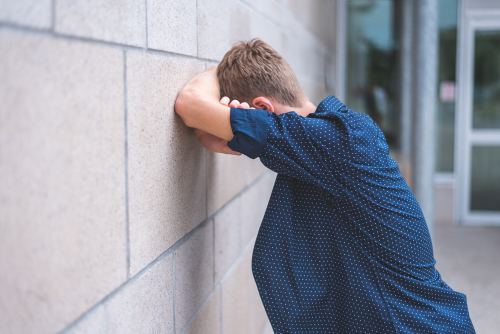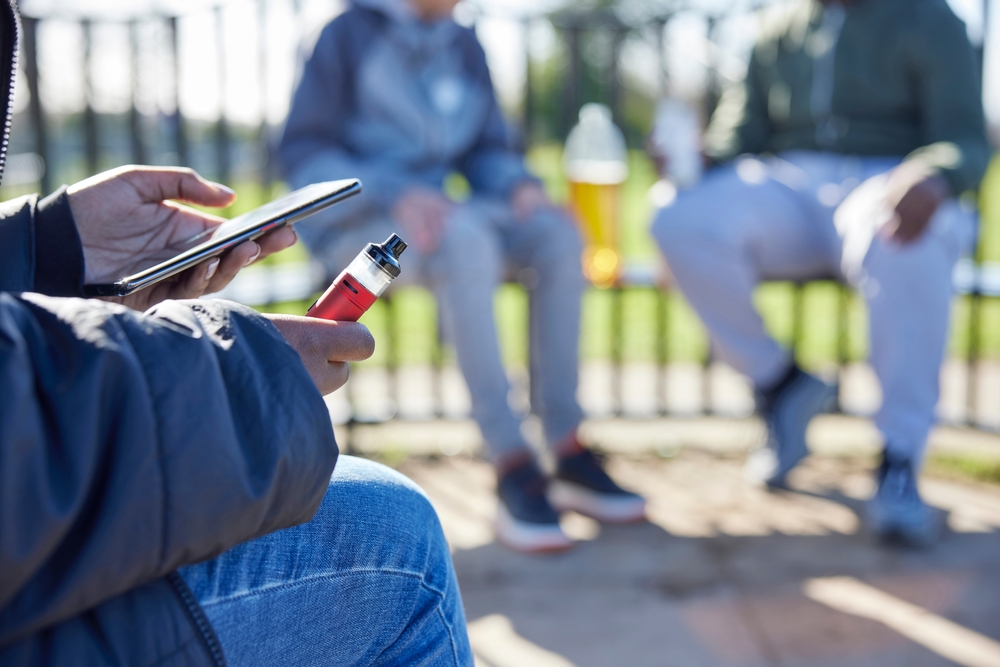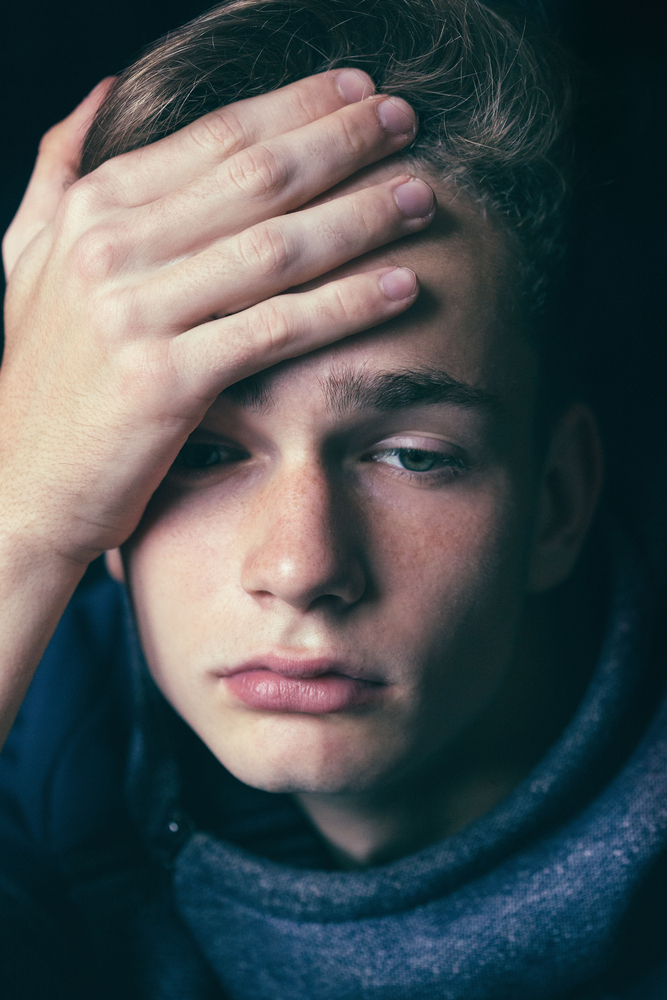Investigating the underlying factors influencing teen behavioral issues uncovers a complex network of interconnected elements that shape adolescent behavior. From the intricate dynamics within the family unit to the pervasive influence of peers and the profound impact of mental health conditions, each component contributes to the intricate tapestry of teenage behavior. As we dig deeper into these root causes, a clearer understanding emerges, shedding light on the multifaceted nature of teen behavioral challenges. Stay tuned to uncover the layers of influence that mold the behaviors of today’s youth.
Family Dynamics
Within the domain of understanding teen behavioral issues, an exploration of family dynamics is essential in unraveling the intricate interplay of relationships and influences within the household. Family dynamics encompass the patterns of communication, roles, and behaviors within a family unit. Adolescents often navigate a myriad of challenges during this developmental stage, and family interactions can greatly impact their emotional and behavioral well-being.
Parents play a pivotal role in shaping their teenager’s attitudes, beliefs, and behaviors. A supportive and nurturing family environment can foster positive development, while conflict-ridden or neglectful dynamics may contribute to behavioral issues. Understanding the unique dynamics within each family is critical in addressing and resolving teen behavioral problems.
Peer Influence
Understanding the impact of peer influence on teenagers is essential in addressing behavioral issues. Peer pressure can greatly shape a teen’s choices and actions, often leading to both positive and negative outcomes. By examining the social dynamics at play and how peers influence decision-making, we can better support teens in maneuvering these influential relationships.
Impact of Peer Pressure
Adolescents often find themselves journeying through the intricate terrain of peer pressure, where the influence of their friends and peers can greatly impact their behavior and decision-making. Peer pressure can lead teenagers to engage in risky behaviors, such as substance abuse, reckless driving, or delinquent activities, in an attempt to fit in or gain acceptance within their social circles. The desire to conform to the norms set by their peers can sometimes overshadow their own values and judgment, pushing them towards actions they might not participate in otherwise.
Moreover, peer pressure can also have positive effects on teenagers, encouraging them to aim for excellence, participate in extracurricular activities, or adopt healthy habits. However, the negative impact of peer pressure often garners more attention due to its potential to lead adolescents down destructive paths. Understanding the root causes of why teenagers succumb to peer pressure is vital in developing interventions and support systems that empower them to make informed, independent choices while navigating the influences of their peers.
Social Dynamics at Play
The complex web of social dynamics among teenagers often revolves around the powerful influence of peer relationships on behavior and decision-making. Understanding the social dynamics at play is essential in addressing teen behavioral issues effectively. Here are some key points to keep in mind:
- Peer Pressure: Peers can exert both positive and negative influences on teenagers, impacting their choices and actions significantly.
- Social Acceptance: Teens often seek acceptance and validation from their peers, sometimes leading them to engage in behaviors they wouldn’t otherwise.
- Group Identity: Being part of a peer group can shape a teenager’s sense of identity and values, influencing their behavior to align with the group norms.
- Emotional Support: Peer relationships can provide emotional support and companionship, but they can also contribute to stress and conflict, affecting a teen’s well-being.
Influence on Decision-Making
Peer influence plays an essential role in shaping the decision-making process of teenagers, impacting their choices and behaviors in various aspects of their lives. During adolescence, individuals are more susceptible to peer pressure as they navigate the complexities of social interactions and the need for acceptance. Friends and peers can sway decisions on everything from academic performance, substance use, relationships, and even risky behaviors. The desire to fit in and be liked by their peers often leads teens to make choices that they wouldn’t otherwise make on their own.
Understanding the influence of peers on decision-making is pivotal in addressing teen behavioral issues. By recognizing the power that peer groups hold over teenagers, parents, educators, and mental health professionals can implement strategies to help adolescents resist negative influences and make informed choices. Encouraging open communication, fostering a supportive environment, and promoting positive peer relationships can empower teenagers to make decisions that align with their values and goals, leading to healthier outcomes and overall well-being.
Mental Health Conditions
Many teenagers grapple with mental health conditions that can greatly impact their daily lives and overall well-being. It is essential to understand how these conditions can manifest in various behavioral issues among teens. Here are some key points to keep in mind:
- Prevalence: Mental health conditions, such as anxiety, depression, and ADHD, are common among teenagers and can often go undiagnosed or untreated.
- Impact on Behavior: These conditions can lead to changes in behavior, such as withdrawal from social activities, sudden mood swings, difficulty concentrating, or engaging in risky behaviors.
- Stigma and Misconceptions: Stigma and misconceptions surrounding mental health can prevent teenagers from seeking help or receiving the support they need.
- Importance of Early Intervention: Early identification and intervention play an important role in supporting teenagers with mental health conditions, helping them manage their symptoms, and improve their overall well-being.
Trauma and Adverse Experiences
Experiencing trauma and adverse events during adolescence can have profound effects on a teenager’s psychological and emotional well-being. Adolescents facing trauma may exhibit symptoms such as anxiety, depression, post-traumatic stress disorder, or even engage in risky behaviors. Traumatic experiences like physical or emotional abuse, neglect, witnessing violence, or natural disasters can leave lasting scars on a teenager’s mental health.
Adolescents who have experienced trauma may struggle with trust, have difficulty forming healthy relationships, or exhibit self-destructive behaviors as coping mechanisms. It is pivotal for caregivers, educators, and mental health professionals to provide a safe and supportive environment for these teenagers to heal and process their experiences.
Recognizing the signs of trauma and adverse experiences in teenagers is the first step towards providing appropriate interventions and support. By offering empathy, understanding, and access to therapy or counseling services, we can help teenagers navigate the effects of trauma and build resilience for a healthier future.
Substance Abuse
In the domain of adolescent behavioral issues, substance abuse emerges as a significant concern with far-reaching implications for teenagers’ well-being and development. Teenagers may turn to substance abuse as a coping mechanism for various underlying issues, such as stress, trauma, or peer pressure. Understanding the root causes and potential consequences of substance abuse is vital in supporting teenagers through these challenges. Here are some key points to keep in mind:
- Risk Factors: Identify the risk factors that may contribute to teenage substance abuse, including family history, mental health struggles, and environmental influences.
- Early Intervention: Implement strategies for early detection and intervention to prevent the escalation of substance abuse problems among teenagers.
- Support Systems: Build strong support systems involving parents, teachers, counselors, and community resources to provide assistance and guidance to teenagers struggling with substance abuse.
- Education and Awareness: Promote education and awareness campaigns to inform teenagers about the dangers of substance abuse and empower them to make healthier choices.
Academic Stress
Amid the multifaceted challenges that adolescents encounter, academic stress stands out as a pivotal issue that greatly impacts their mental well-being and overall development. The pressure to excel academically, meet parental expectations, and secure a successful future can lead to high levels of stress among teenagers. Academic stress not only affects their emotional state but can also manifest physically through symptoms like headaches, fatigue, and even long-term health issues if left unaddressed.
Teenagers facing academic stress may experience anxiety, depression, or a decline in self-esteem. It is essential for caregivers and educators to recognize the signs of academic stress and provide the necessary support and resources. Encouraging open communication, teaching stress management techniques, and promoting a healthy work-life balance are pivotal steps in helping teens navigate academic challenges effectively.
Social Media and Technology
Exploring the digital terrain of social media and technology poses unique challenges for today’s adolescents as they work to balance online interactions with real-life experiences. The impact of social media and technology on teen behavioral issues is a complex phenomenon that requires careful consideration. Here are four key points to keep in mind:
- Social Comparison: Adolescents often compare themselves to others on social media, leading to feelings of inadequacy or low self-esteem.
- Cyberbullying: The anonymity of the online world can exacerbate bullying behaviors, causing emotional distress and potentially leading to behavioral issues.
- Screen Time: Excessive screen time can detract from real-world interactions, physical activity, and sleep, affecting overall well-being.
- Fear of Missing Out (FOMO): Constant connectivity can create a fear of missing out on social events or trends, contributing to anxiety and compulsive behavior.
How to Seek Help From Professionals
If families are unable to address the root causes of teen behavioral issues at home, seeking help from professionals such as therapists, counselors, or mental health professionals can provide the necessary support and guidance to help the teen overcome their challenges and thrive. It is important to prioritize the well-being and mental health of teenagers and to seek out the appropriate resources and assistance when needed.











0 Comments